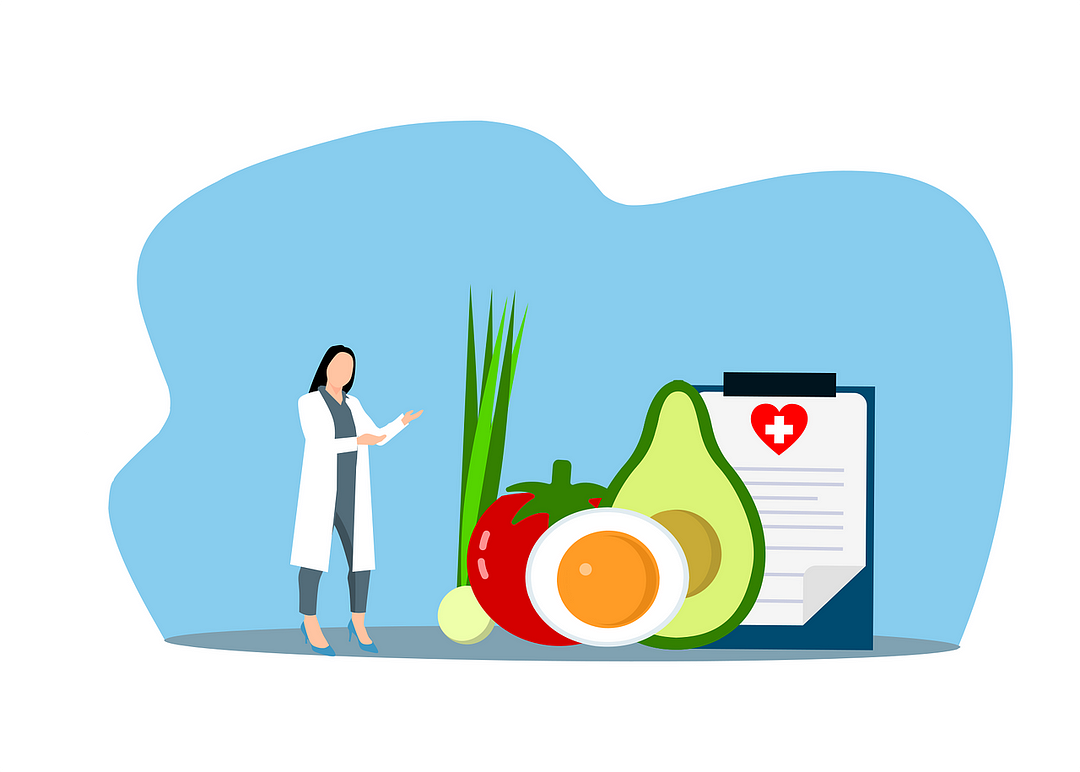The keto diet, short for the ketogenic diet, has undeniably caught the attention of many individuals looking to lose weight or manage specific health conditions. This in-depth guide will shed light on the many facets of the keto diet, from its core principles and benefits to potential risks and practical tips for beginners.
Understanding the Keto Diet
The ketogenic diet is a unique dietary approach that hinges on the consumption of high-fat, moderate-protein, and very low-carb foods. This diet is often compared to other low-carb diets like Atkins and Paleo, but it’s in a league of its own due to its unique focus on fat over protein.
The aim of the keto diet is to coax your body into a metabolic state known as ketosis. In this state, your body, deprived of its usual fuel source (glucose from carbs), turns to burning fat for energy, producing ketone bodies in the liver as a byproduct.
Varieties of the Keto Diet
The ketogenic diet comes in various forms, each with its unique carb, protein, and fat ratios:
- Standard Ketogenic Diet (SKD): This version is characterized by a very low carb, moderate protein, and high fat intake (about 70% fat, 20% protein, and 10% carbs).
- Cyclical Ketogenic Diet (CKD): This version includes periods of higher carb intake, such as five ketogenic days followed by two high-carb days.
- Targeted Ketogenic Diet (TKD): This variant allows extra carbs around workout times.
- High-Protein Ketogenic Diet: This is similar to the standard version but includes more protein (around 60% fat, 35% protein, and 5% carbs).
While all these versions have their unique attributes, the SKD is the most researched and most recommended.
Health Benefits of the Keto Diet
The keto diet has been linked to several health benefits, primarily weight loss and improved metabolic health. Research has shown that it can be as effective as a low-fat diet for weight loss. Additionally, it can lead to significant reductions in blood sugar and insulin levels, which can be beneficial for individuals with type 2 diabetes or metabolic syndrome.
Moreover, the keto diet may have potential benefits against a host of other conditions, including heart disease, certain types of cancer, epilepsy, Alzheimer’s disease, Parkinson’s disease, and Polycystic Ovary Syndrome (PCOS).
Foods to Avoid and Eat on Keto
Being on a keto diet requires you to be mindful of your food choices. Foods high in carbs should be limited or avoided, including sugary foods, grains, fruits (except for certain berries), beans, root veggies, low-fat or diet products, unhealthy fats, and alcohol.
On the flip side, your diet should mainly consist of meats, fatty fish, eggs, butter and cream, cheese, nuts and seeds, healthy oils, avocados, and low-carb veggies.
Dealing with Side Effects
The keto diet, though generally safe, can cause some side effects as your body adapts to the new fuel source. These may include fatigue, increased hunger, sleep issues, nausea, and digestive discomfort. Over time, these symptoms, often referred to as the keto flu, usually subside.
Keto Diet Risks
Despite its benefits, the long-term use of the keto diet may have potential risks, including nutrient deficiencies, liver problems, kidney issues, and mood swings. It’s crucial to discuss with your healthcare provider before starting the diet, especially if you’re on any specific medications or have underlying health conditions.
Final Thoughts
The ketogenic diet offers an alternative approach to weight loss and health improvement. However, as with any diet, it’s essential to do your research, consult with a healthcare provider, and ensure that it aligns with your health goals and lifestyle.
Mr. Health













